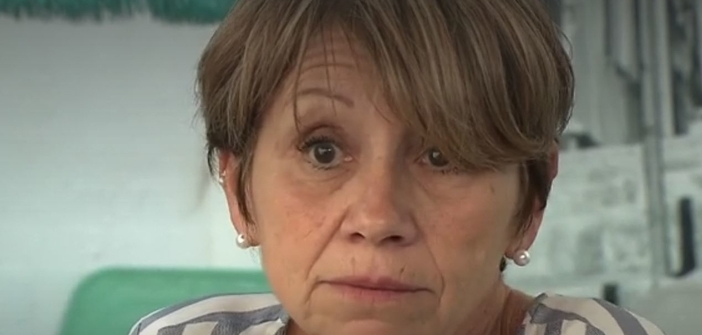Some people confuse this disease with Charcot’s disease. The causes and consequences are also very different. In the end, apart from the name, they have nothing in common. That’s where the CMT association comes into play. Their mission is to inform, assist, and contribute to research against this disease.
Before becoming the PACA delegate, Yvette Ricci is also a patient. Like everyone else, she was born with this disease. But she has known of its existence for 12 years. It should be noted that she became the president of the South and Corsica zone somewhat by chance. She was offered the position four years ago and accepted immediately. For her, it’s a way to feel less alone. To see people who have the same disease as she does.
How to differentiate between Charcot’s disease and Charcot-Marie-Tooth?
Charcot’s disease often has a fatal outcome. Charcot-Marie-Tooth doesn’t have the same symptoms at all. For us, there are several genes involved. It’s all a calculation. They perform biopsies for these different genes.
Is there no risk of confusion with Charcot’s disease?
We are fighting against that precisely. That was the case when our article with Professor Cohen was published in Nice-Matin. I had given permission to share my contact details for non-members. That way, I could give them advice. But most of the time, they were people who had Charcot’s disease. So, they often mix them up.
What are the symptoms?
Most of the time, these individuals have hollow feet [arched]. The toes become claw-like. Often, one needs to have foot surgery. Personally, when my disease was detected, I had pain in my arm. I thought it was due to carpal tunnel syndrome. So, they performed an electromyogram [a medical examination that measures the electrical activity of a nerve in the peripheral nervous system]. It’s then that they understood I had this disease. Flexibility issues are also present. When I was young, I was terrible at sports due to the lack of flexibility. Muscle loss can also occur in the calves. The progression of the disease can vary greatly among patients.
Can one live without too much difficulty today?
There is no treatment as of now. But Professor Cohen and I wrote an article in Nice-Matin. With his company Pharnext, he presented a drug. I followed his treatment and completed it. While waiting for Pharnext’s product to be authorized, he continues to provide it to me. Every quarter, I have to go to the AP-HM (University Hospitals of Marseille Timone). There have been many improvements. My disease isn’t progressing, but it is stable. However, I cannot be cured.
Can it affect anyone?
These problems can occur at any age. I have a friend whose 10-year-old son is already experiencing these problems. He is therefore required to wear braces. In my case, I don’t know from which parent I inherited it since they both passed away. Even though, like my father, I have a very distinctive way of walking. Depending on the degree of the disease’s progression, it feels like we are dancing when we walk.
What can families do to support their sick relatives?
Patience is needed with these individuals. Sometimes, there are delicate tasks we can’t manage. I was in total denial when it was announced to me. When I went to the Archet hospital, I met Dr. Belmont. He advised me to attend a conference that discusses this disease. I didn’t want to, but my partner forced me to do it. From there, things improved thanks to occupational therapy. I constantly perform exercises at home. At one point, I couldn’t pinch anything, and I was trembling. The perception of others is important. People need to develop empathy for these individuals.
How does your association operate?
To start, everyone, from the board of directors to regional delegates, has this disease. This allows us to understand the topics being discussed. I am responsible for the PACA region. I have a list of members who join each year. Every quarter, we send them a magazine. This keeps them informed about the progress in research. We also provide some tips to improve their daily lives. When a member calls me, I respond and try to provide as much information as possible. If necessary, I support them in their administrative procedures.
Are you able to collaborate naturally with the various university hospitals and general hospitals?
No, not at all! I am in contact with Professor Sabrina Sacconi at Pasteur hospital. She informs me about the schedules for multidisciplinary consultations. So, I go to the hospital and meet people with the disease. That’s how it was when I first came to the hospital. I helped them with advice. But for other delegates, it’s not possible because these hospitals don’t want them. It’s important to know there are also the AFM-Telethons. They refuse to let people unrelated to the medical field be present during consultations.


